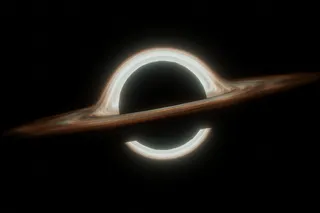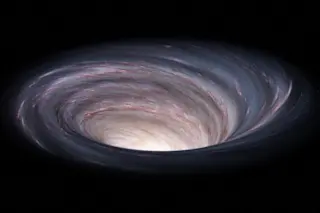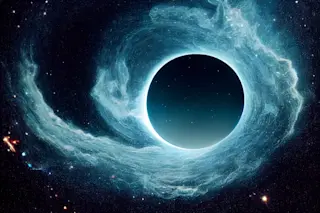Editor's Note: Since this research was initially published, several studies have contested one of its main results (link 1, link 2, link 3). Outside researchers believe the object discovered is likely a black hole much less than 70 solar masses.
When many large stars die, they turn into black holes. And yet, despite the billions of stars in our Milky Way, astronomers have only discovered a handful of black holes within the galaxy. That's because, at the moment, their methods can only pick out black holes in certain situations.
The few nearby black holes discovered so far have been found because they're locked in a close orbit with a star. And astronomers find them by looking for X-ray radiation given off as the black hole pulls material from this companion sun.
Now, a group of Chinese astronomers think they’ve found a star-and-black-hole pair another way. Their method could help astronomers ...














